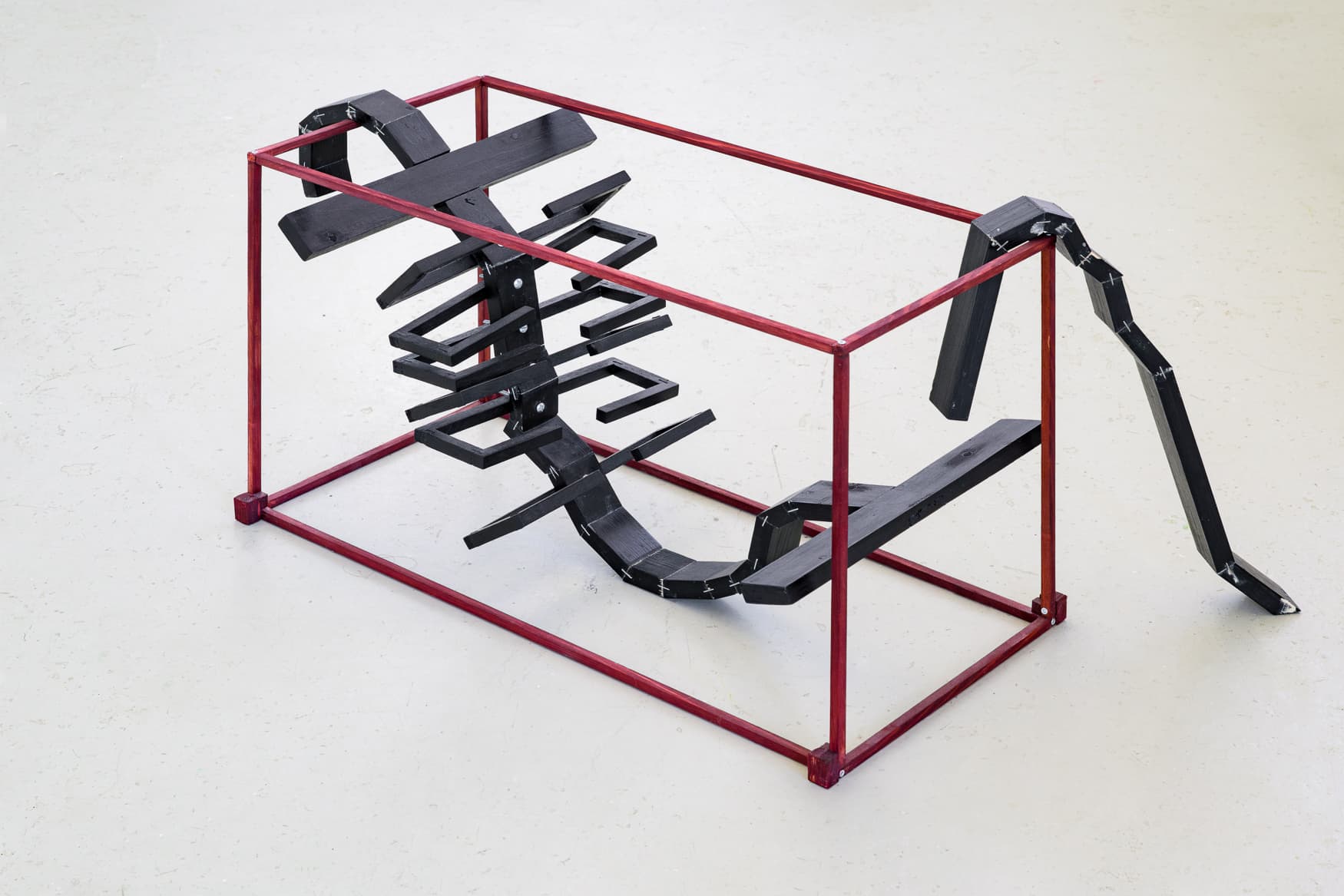Clara Ketter
Fine Arts
Biography
Clara Ketter (b. 1998, Sweden) is a visual artist working across sculpture and photography. Her practice reflects on how narratives are constructed, transformed, and fragmented over time. Exploring the unstable space between fiction and reality, she examines storytelling as a mutable process shaped by perspective, memory, and imagination.

The Unspent Time Ahead
…These works are made by trusting a fragmented process, backed up by an attempt to welcome and accept a fragmented posture to lived experiences. Together, they explore the cyclical relationship between transformation, imagination and time in connection to different forms and functions of storytelling. They deal with becoming and forgetting, with animation and arrest, and reflect a human attempt to remember, make sense, and move forward—while acknowledging the confusion, fiction, and fragmentation that inevitably shape the life of any character in question. These works come from a liminal space where imagined fragments of the future are balanced with a partly fictional remembrance of the past. What is known, what is to come and what has already been lost are combined– shown in their scattered state of the present, anticipating the unspent time ahead. .. Modular Torpor consists of a collection of artefacts, yet to be attached to one another, to achieve the ability to move– forwards, backwards or just desperately anywhere at all. The modules represent events of significance in the development of this yet-to-be, scattered character– crucial moments in the evolution of identity and physical embodiment. Through a use of flat materials like wooden boards, the emergence of three-dimensional forms is formed through a slow process. An object is made, another following, not yet knowing if or when to be connected. Through time a character emerges from a void of volume or movement. The sculpture depicts the character’s present form—a collection of past experiences and moments, waiting for what time will reveal as present becomes past and future becomes present. The creature is, just like it’s sturdy material form, dealing with an obstacle of stuck-ness– it’s modules gesturing toward a future self still in the making. The modules do not follow a linear progression but are instead presented as a cluster, a fragmented archive of development stages—crucial memories in the life of a being not yet able to physically continue the quest towards understanding the events that lead to it’s imagined evolution. Presented as a fragmented cluster, these parts resist a linear timeline, echoing how memory forms in disjointed recollections rather than in clear sequence. The trajectory of a life lived thus far is visually represented in this collection of modular objects. The process is methodical, contemplative, and anticipatory; the modules wait to one day unite in motion, to evolve at last together– all experiences finally merged, to complete the next step of their collective becoming. Together, they create an arc– a visual trajectory of a life lived thus far. Flowerpress Experiment (One) uses an almost opposite technique with a contrary function of reducing three dimensional life into an archived, flattened and two-dimensional state. A once living form of life is flattened and fossilised to observe and keep forever. The living thing, placed inside the flowerpress without much thought of consequence, becomes an archive– a moment capturing life at the time of incarceration; the moment where life shifts from mobile consciousness to eternal stillness. The flowerpress was interpreted without reading the instructions. A form of immature science or childish research was implied once the directives were disregarded. The neglected instructions were replaced with human imaginative abilities– it’s potential and it’s limits, affecting both method and outcome. Calculated directions disregarded because of an impatient urge to comprehend. The functional tool was interpreted in solitude without reasonable interference, resulting in something that does not quite make sense. It is like creating a uncomfortable puzzle, where random bits are forced to connect and, after using all the bits available, the resulting image is crooked and broken.
